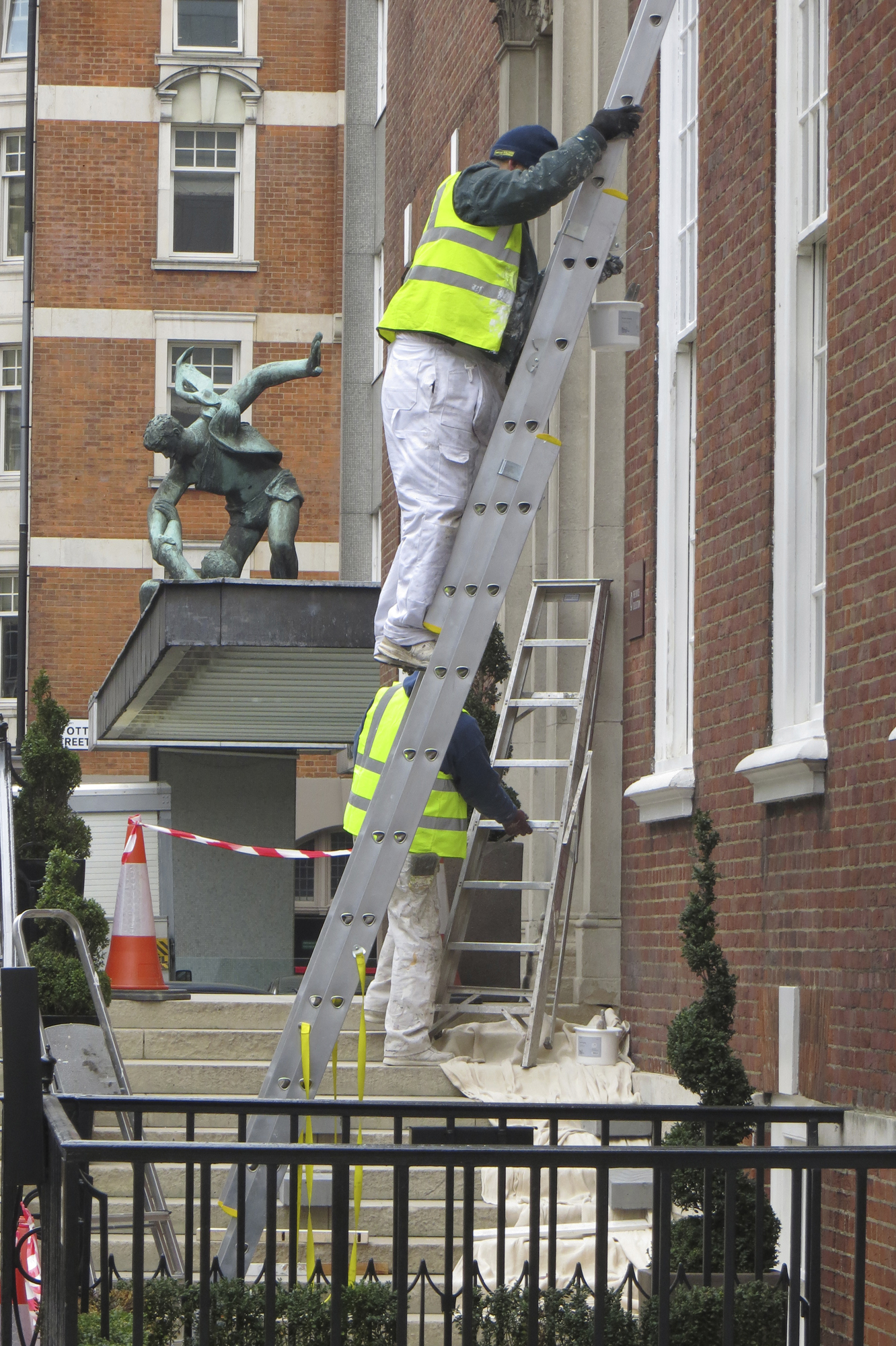Of the 16 migrant / foreign construction workers killed in incidents at work in the UK last year, four died on their first day on site and half during the first 10 days. Just two of those who died had been in the UK longer than one year. Injuries are also most likely to happen early on.
The figures come from the Health & Safety Executive (HSE) and construction insurance specialist Focus has warned of a rising level of employers’ liability claims involving workers whose first language is not English.
The Health & Safety Executive had previously identified migrant workers as a group that may be particularly at risk of an accident because they are in an unfamiliar setting. Now Focus has said this appears to be reflected in the increasing number of foreign worker claims against employers.
Focus says that it does not want to draw the wrong conclusions from the apparent rise in such claims. That rise may simply be due to an increasing proportion of foreign workers, upon whom parts of the construction industry have become highly dependent.
John Finch, Focus’s Commercial Director, says: “The question is whether the rise does just reflect rising numbers or whether the HSE’s assertion that workers with limited English language skills are more vulnerable to UK workplace accidents is correct.
“Insurers are naturally keen to know the answer to this as a step towards resolving any disparity in the safety of foreign workers compared with their colleagues with fluent English. Employers will have views, but actual experience may vary from firm to firm.
“What we do know is that HSE statistics show that a worker is as likely to have an accident in the first six months at work as during the rest of their working life. The reasons for that may help us to factor in the language issue in a meaningful way.”
Some of the added risks for new workers may seem obvious, but HSE’s analysis is instructive. It cites:
- lack of experience of a new industry or workplace
- unfamiliarity with the job and work environment
- hesitancy in raising safety concerns
- a wish to impress colleagues or managers.
As to the consequences of these factors, HSE concludes that new workers may:
- not recognise some potential causes of danger
- not understand rules for use of equipment that others may think obvious
- be unfamiliar with site layout and changes to site hazards
- cut corners or fail to heed warning signs and rules.
“Getting to grips with these issues is all the more difficult if the unfamiliarity, reticence and poor hazard recognition are compounded by a language barrier,” John Finch adds. “This may also affect experienced foreign workers, though probably to a lesser degree.
“Our claims experience does not enable us to provide a full set of trends data, but putting our perceptions together with the HSE’s analysis can, I think, be helpful to construction employers and insurers alike. We share concern about workplace safety.
“A huge onus falls upon employers. When someone is seriously injured on site, not only can it be a working life blighted but it can also mean a prosecution mounted by the HSE. Hardly a week passes without several cases coming to court, with massive fines not uncommon and custodial sentences in extreme cases.”
Focus shares the view of the HSE on the need for employers to be clear on responsibility for workplace safety and to ensure that all the training, risk assessment, compliance and supervision measures established for English speakers are effectively communicated to all workers in a way they can fully understand.
This challenge is sometimes made more difficult by the complex structure of principal contractors, sub-contractors and self-employed workers in the construction industry. Site safety is a shared aim, but primary responsibility for safety must be established to avoid any false assumption that another party is taking responsibility.
The Construction (Design & Management) Regulations that were revised last year have been put in place to reinforce the need for a co-ordinated approach to health & safety in the industry. CDM 2015 puts emphasis on planning projects, managing risk and engaging with workers.
On insurance, employers’ liability and public liability cover is essential, but should not be regarded as lessening employer responsibility. Negligence may jeopardise the validity of cover and such insurance does not meet fines or the impact of a custodial sentence.
“The contribution that workers from overseas make to the UK construction industry is immense,” says John Finch. “The industry needs them and has a duty to ensure that they, as well as other HSE-identified vulnerable groups such as young workers, and indeed all construction people and site visitors are kept as safe as humanly possible in what is, regrettably, still a potentially dangerous industry.”

